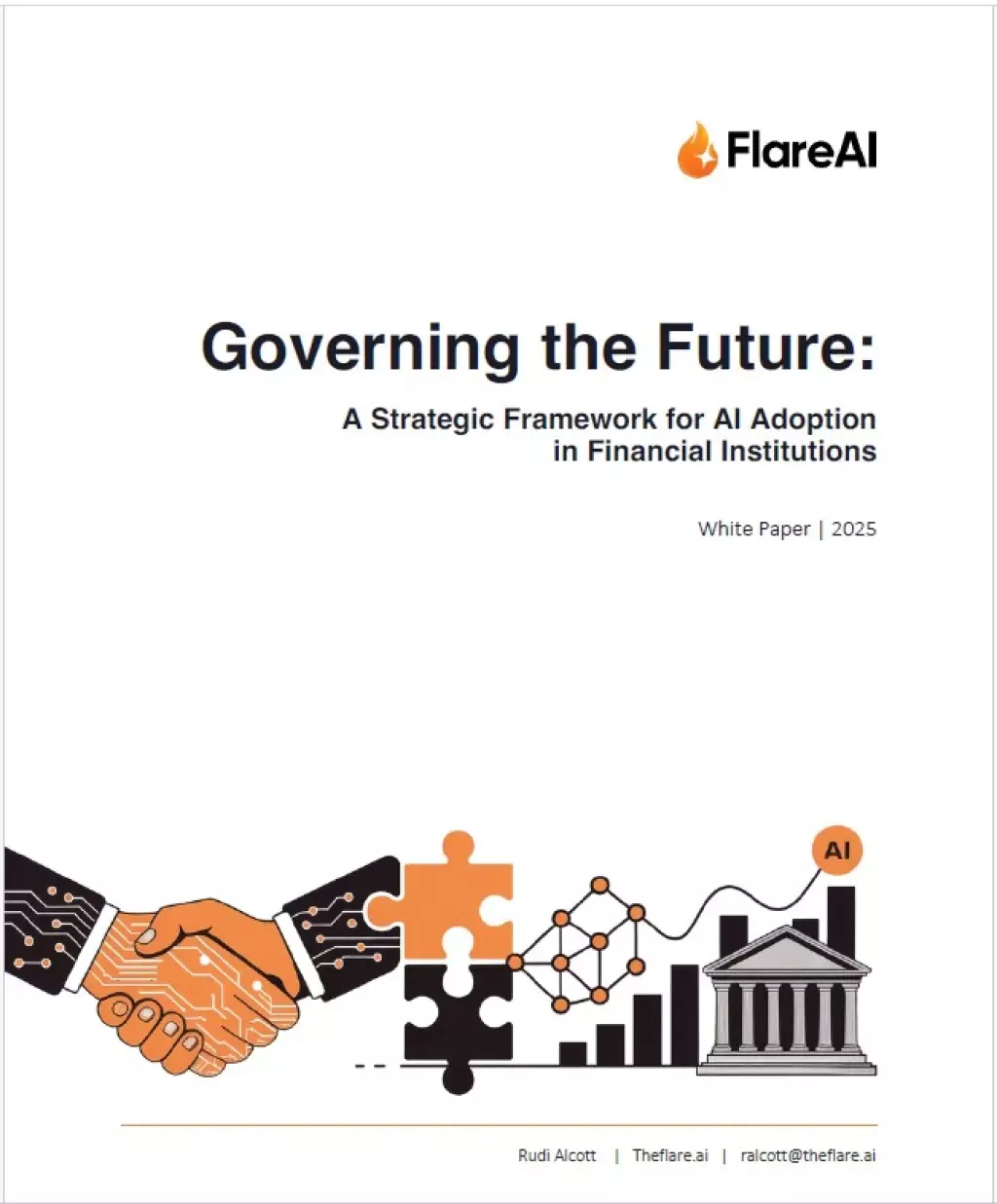FutureVault Secures $3 Million to Enhance AI-Powered Digital Vaults
FutureVault has secured an additional $3 million in equity capital, bringing its total funding to $31 million, announced in a press release. The funding round saw participation from Founder & Executive Chairman G Scott Paterson, CEO Daniel Kenny, and several existing and new investors.
The new capital will be used to strengthen FutureVault's position as a pioneer in Client Life Management Vault™ solutions. The company plans to accelerate the development of new product functionalities aimed at transforming the Enterprise/Advisor/Client relationship. Additionally, FutureVault intends to further innovate its use of AI and Large Language Models (LLMs) within its digital vault platform.
FutureVault's platform is designed to automate, aggregate, and centralize documentation and data for financial institutions, wealth enterprises, and advisors. By leveraging private LLMs and OCR technology, the platform extracts data from documents in real-time, enhancing workflow automation and delivering significant ROI for its users.
We hope you enjoyed this article.
Consider subscribing to one of our newsletters like Enterprise AI Brief or Daily AI Brief.
Also, consider following us on social media:
More from: Enterprise
Subscribe to Enterprise AI Brief
Weekly report on AI business applications, enterprise software releases, automation tools, and industry implementations.
Whitepaper
Governing the Future: A Strategic Framework for AI Adoption in Financial Institutions
This whitepaper explores the transformative impact of artificial intelligence on the financial industry, focusing on the governance challenges and regulatory demands faced by banks. It provides a strategic framework for AI adoption, emphasizing the importance of a unified AI approach to streamline compliance and reduce operational costs. The document offers actionable insights and expert recommendations for banks with fewer than 2,000 employees to become leaders in compliant, customer-centric AI.
Read more
